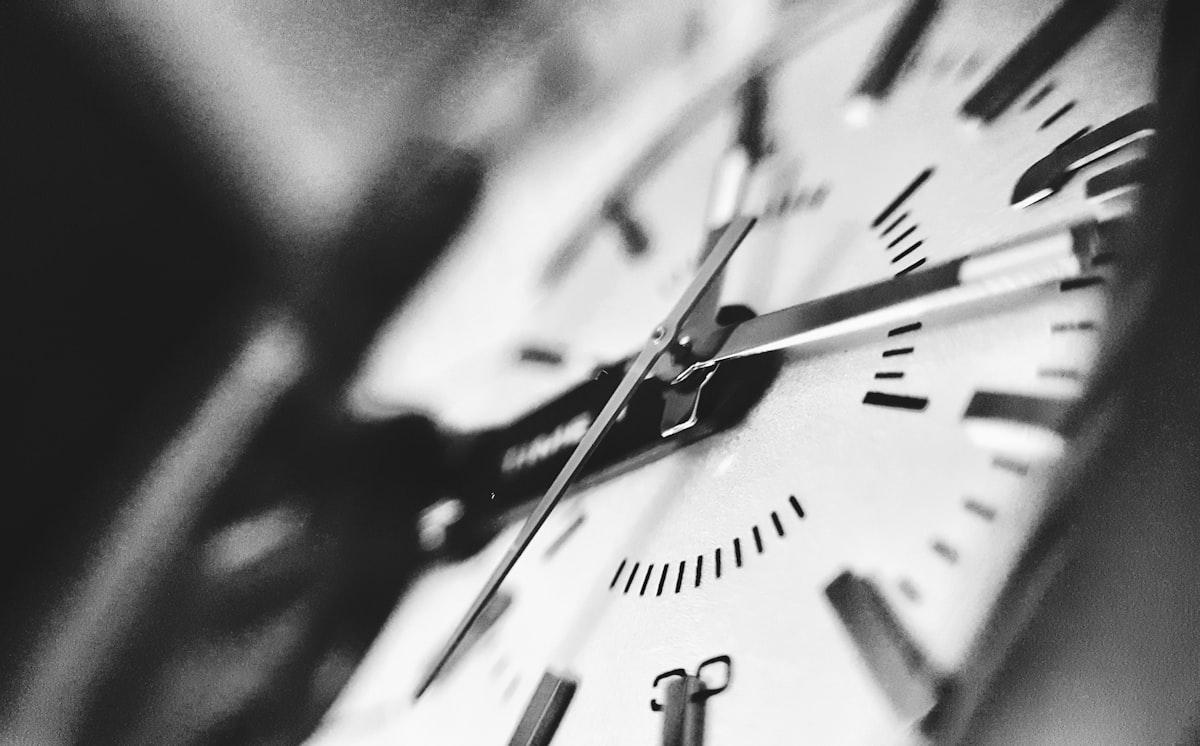Snapshot Taken of the Tiniest Time Interval

Physicists in Austria say they that have observed events separated by the shortest time interval ever, and plan to use the technique to study atomic phenomena. A group led by Ferenc Krausz of Vienna University of Technology used pulses of laser light to watch electrons moving around atoms, and were able to distinguish events that took place 100 attoseconds – or 10-16 seconds – apart.
Krausz and his team say that the research could improve understanding of the role of electrons in superconductivity and in giant magnetoresistance, a magnetic effect used in data-storage devices. “It’s only on the attosecond timescale that you see these things happening,” says Roger Falcone, a physicist at the University of California, Berkeley. The attosecond (10-18 s), also known as a quintillionth of a second, is the timescale of atomic events. In Niels Bohr’s 1913 model of a hydrogen atom, it takes about 150 attoseconds for an electron to orbit the proton.
Krausz used ultraviolet-light pulses of 250-attosecond duration to excite electrons in atoms of neon, raising them to a higher energy level. These electrons come out of the atoms with a range of different momenta. A second pulse of light, delivered just after the first, then gives the electrons an extra jolt. Changing the delay between these two pulses produces a different distribution of momentum values for the electrons, which the scientists measured with a sensitive electron detector called a ‘streak camera’. Comparing these distributions gave the team a snapshot of how the electrons differed when hit with an early or late second pulse.
Krausz thinks that the technique could soon be refined to track events a few tens of attoseconds apart, telling physicists how electrons rearrange themselves inside an atom when they move between different orbits.
Recent progress in using fleeting laser flashes to study short time scales has opened up the field of femtochemistry, in which the motion of atoms and molecules is tracked on the femtosecond (10-15 s) timescale, to see how they rearrange themselves during chemical reactions. Probing even shorter timescales could provide more insight.
“Every time we get shorter pulses, chemists say that we don’t really need them,” says David Klug, a photochemist at Imperial College, London. “But then they find a way to use them. Once it becomes convenient, people will find applications for it.”
This article is from the news section of the journal Nature.




